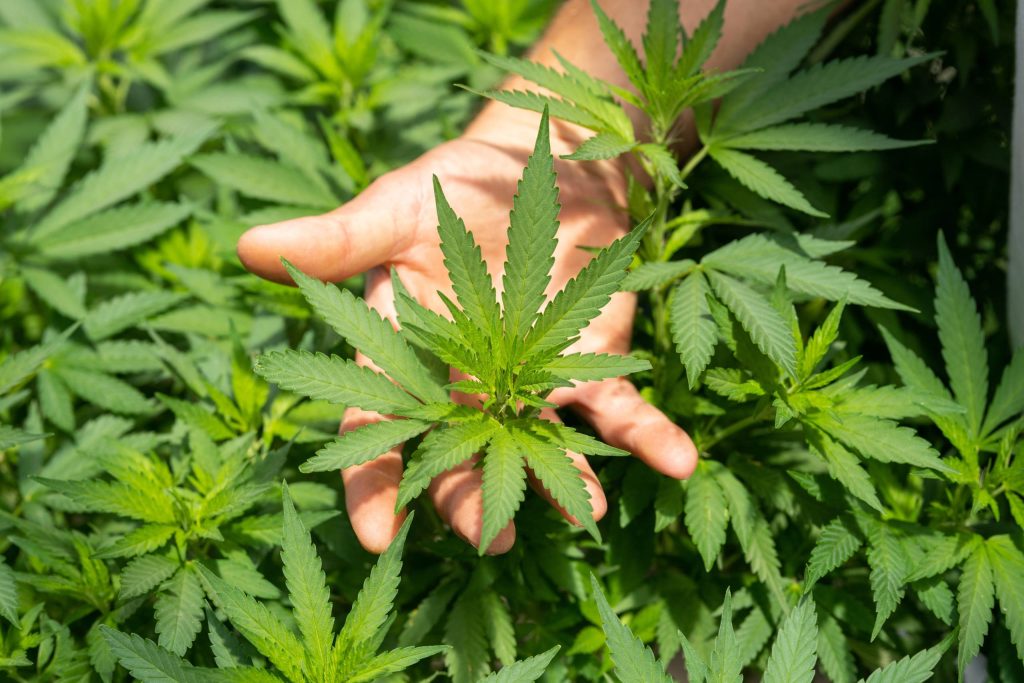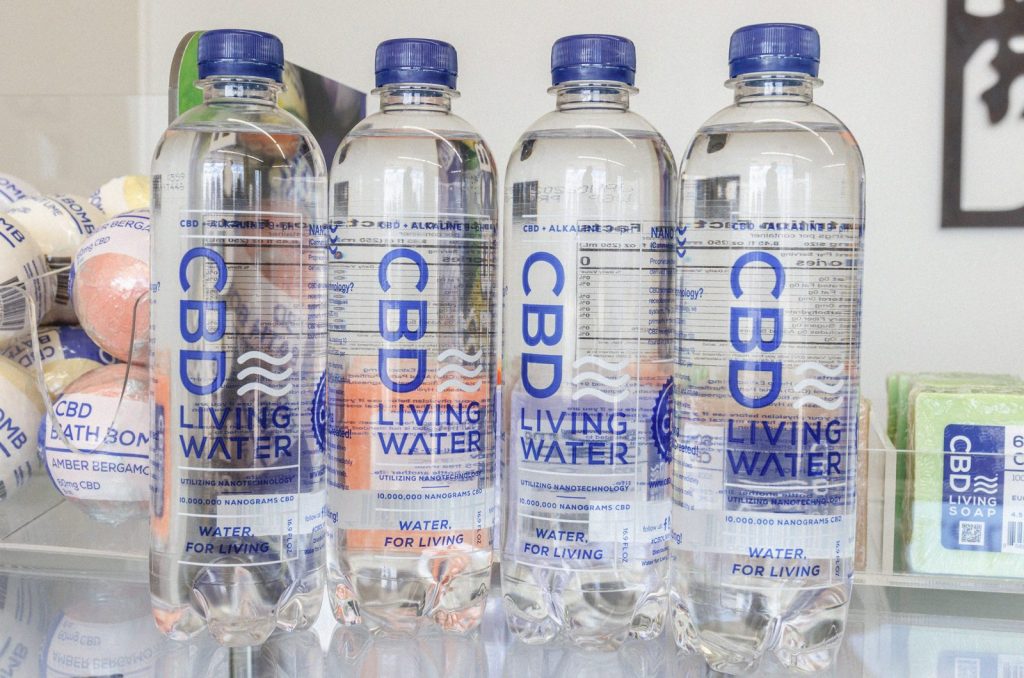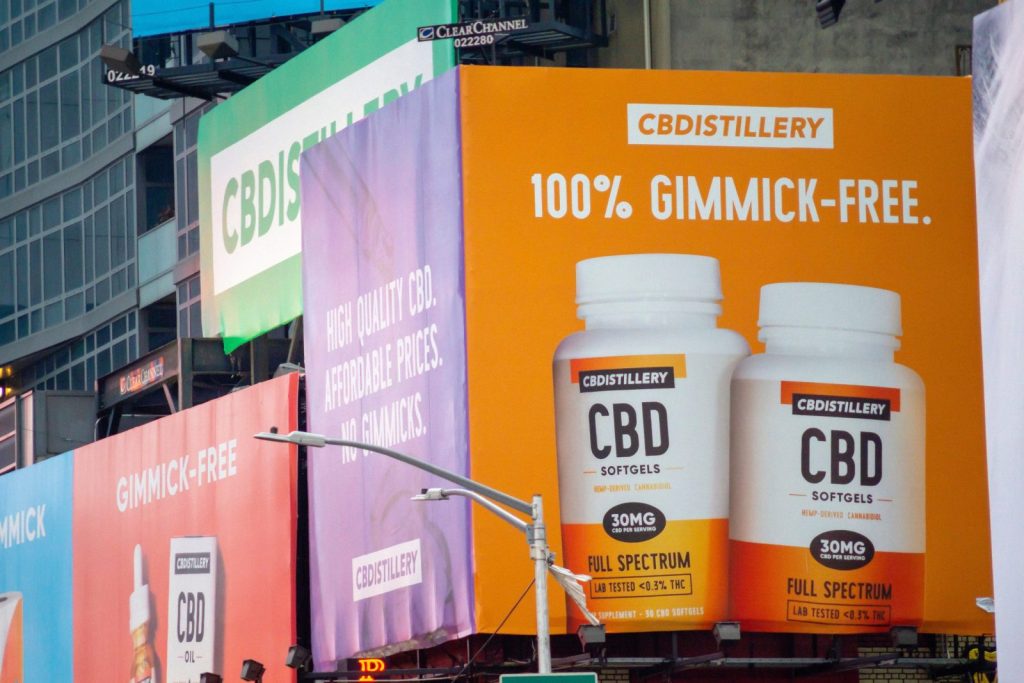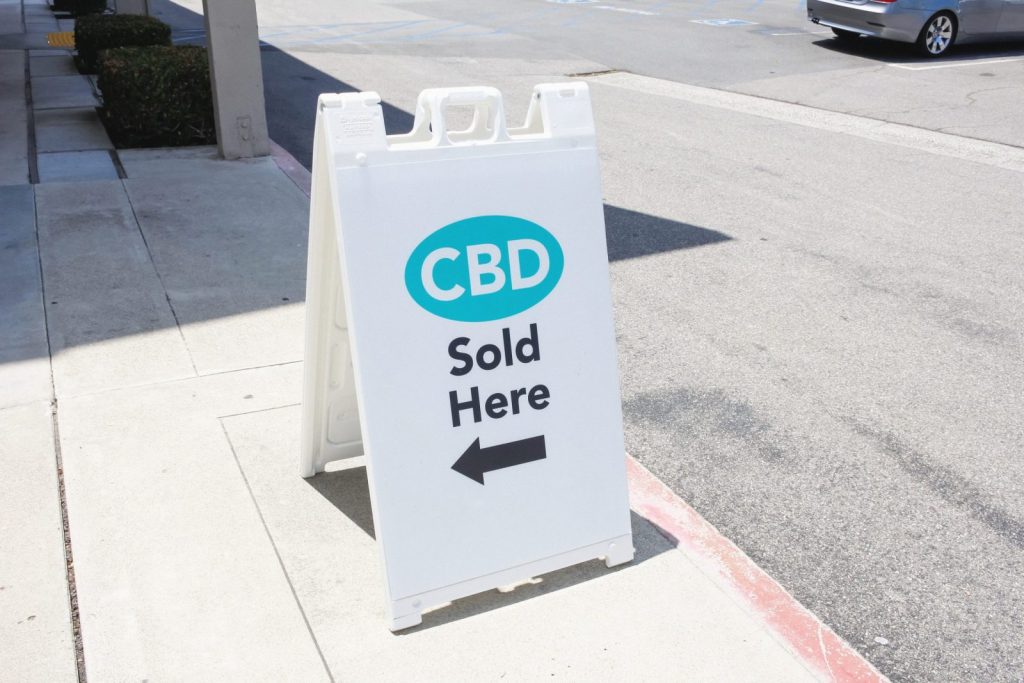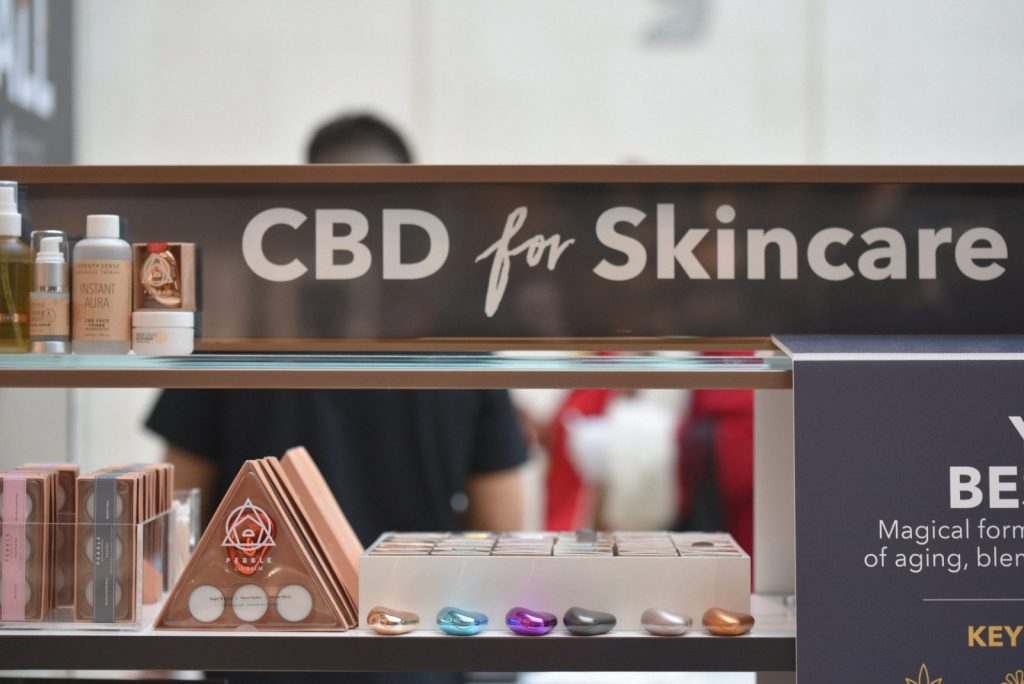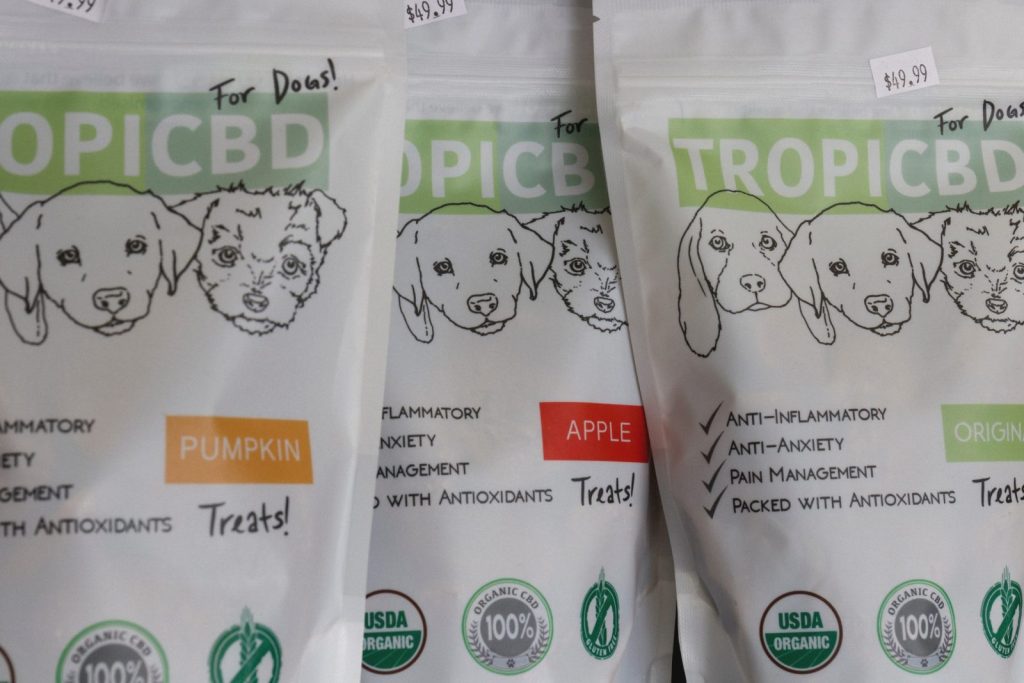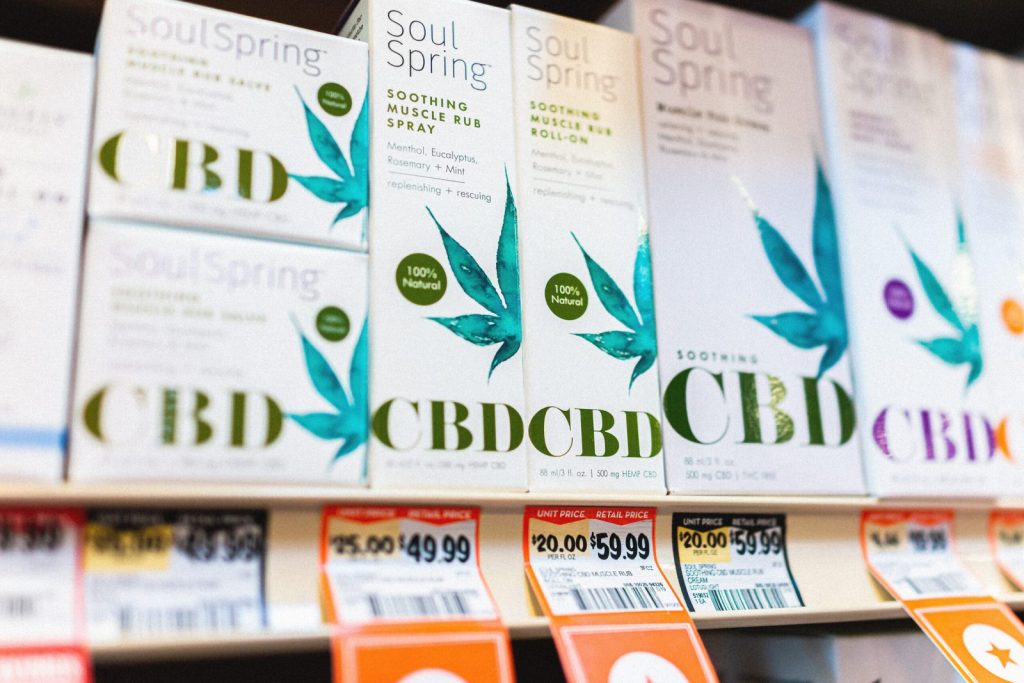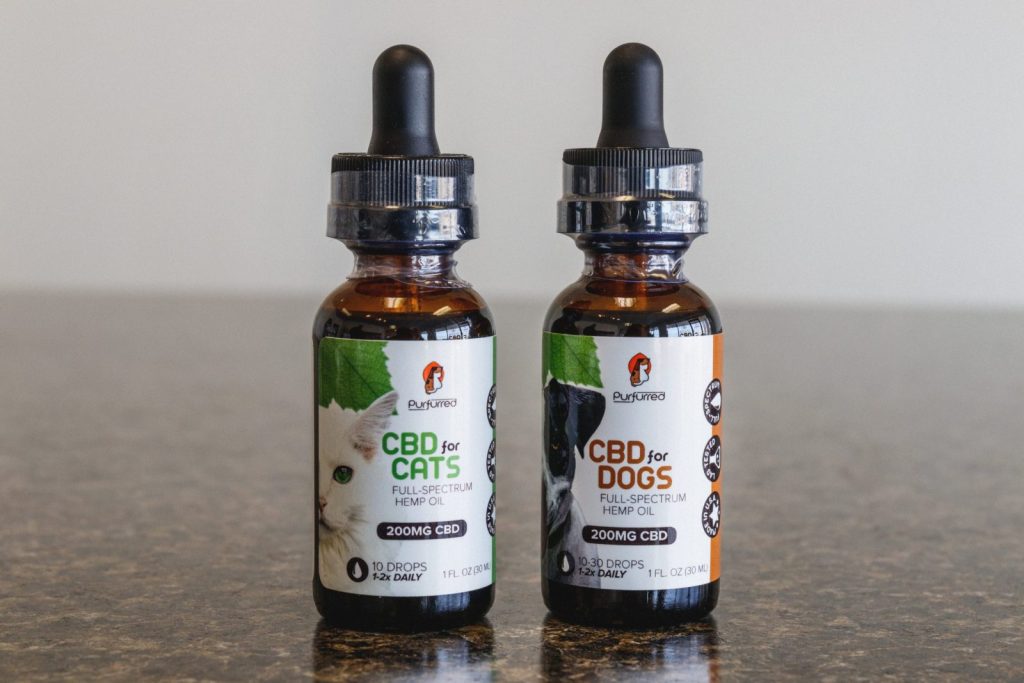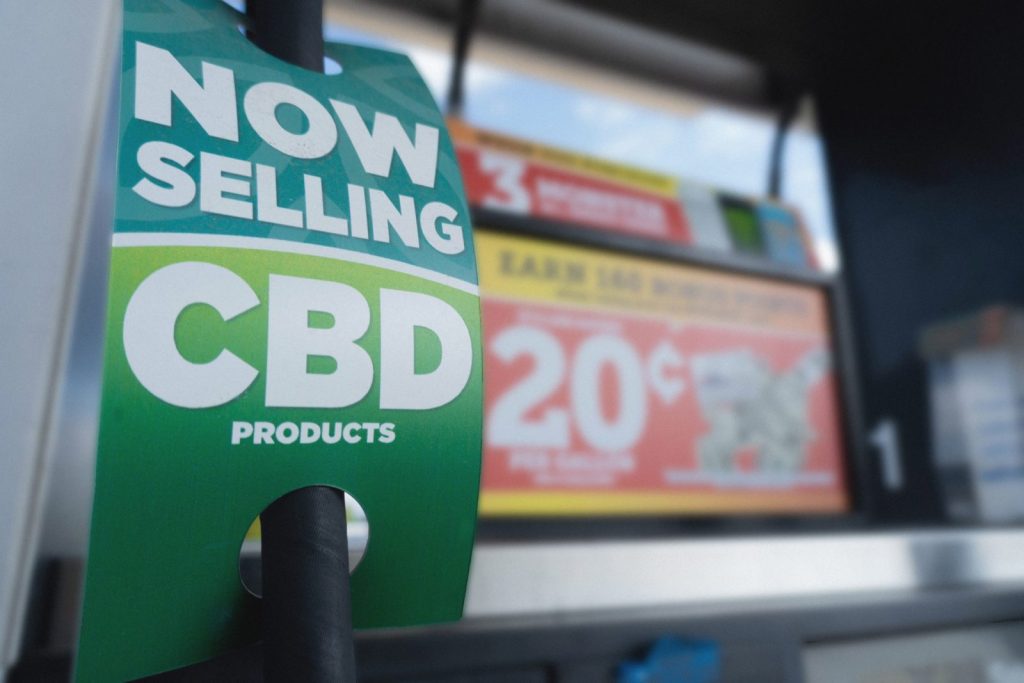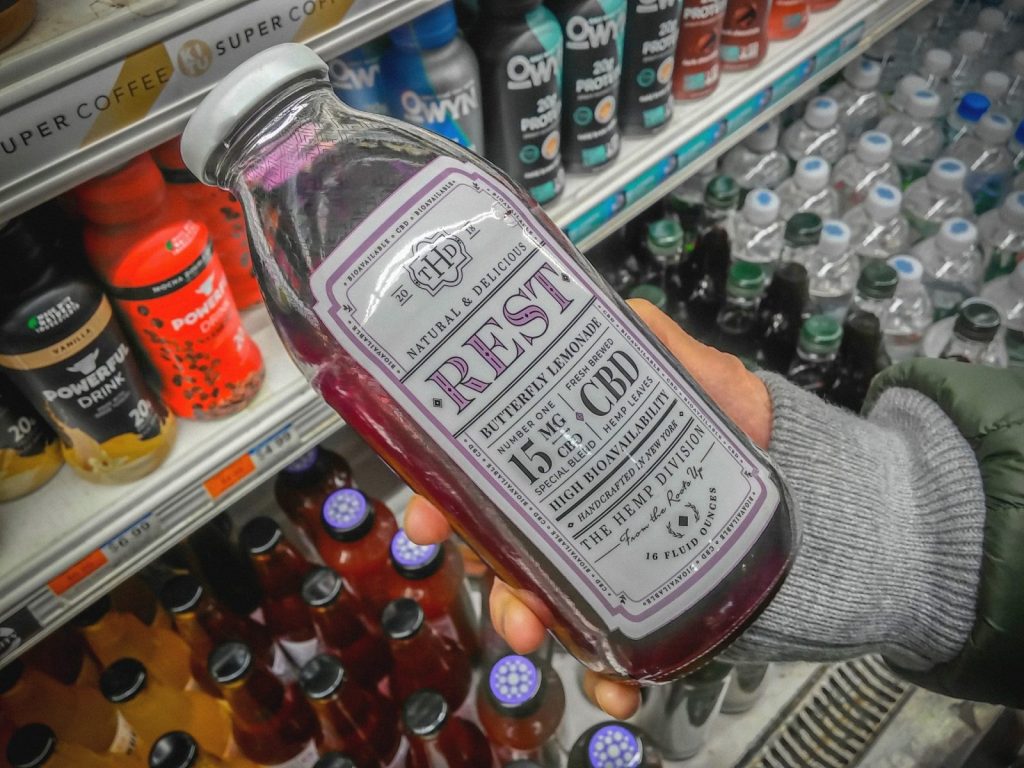CBD Marketing in 2021: What You Need to Know
A report by Bigeye, an Audience-Focused, Creative-Driven, Full-Service Advertising Agency devoted to creating CBD marketing campaigns that drive conversions. The Quick-Takes CBD is 2021’s Breakout Product Not only are CBD products flying off retail shelves everywhere, the product has ignited a firestorm of cultural conversation and consumer interest. If you’re in the CBD advertising business, that’s …

